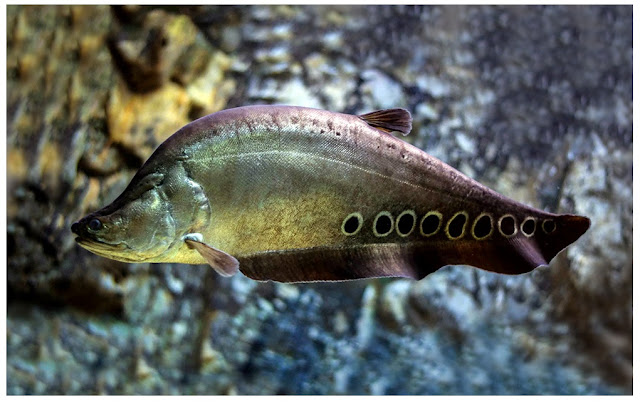Have you ever come to Indonesia? One of an archipelago country in south Asian which has many types of dishes, and also unique in its picky nature. Every person in Indonesia—in this case, consumers—has their own considerations in choosing their favourite dishes. And indeed, there are different considerations that they use. Some have tribal backgrounds, such as those from Sumatra. Most Sumatran people, on some days of their weekly lives, cannot give up spicy food with coconut milk. Likewise, for those from Java, there is always sweet tea on their daily menu.
Likewise, when we see the interest of people in Indonesia in choosing snacks, There are those who consider taste, prioritise the composition of raw materials, and even consider historical considerations. As considered by Palembang Pempek lovers throughout the archipelago, Although generally their consideration is the unique taste, where spicy, sweet, and fishy flavours come together in one dish, it turns out that many Palembang Pempek fans also choose this snack because of historical considerations.
According to stories among the people of Palembang, South Sumatra, the shape of pempek used to be flat and round, like the shape of a pizza. Discovered around the 7th century AD, when the Srivijaya Kingdom ruled the archipelago, pempek was made using sago flour as the main ingredient. According to the writing on the Talang Tuo Inscription made during the Srivijaya era, it was revealed that the people of South Sumatra had made food where the sago plant was the basic ingredient.
Together with sago, people also mix grated Belida fish (Chitala spp.) as a flavouring for Pempek Palembang. At that time, all types of belida fish were still very common in rivers, especially in the Musi River area. At that time, the belida fish was not yet a protected fish like it is now, where some species are already rare and some have even become extinct. And how to flatten Pempek Palembang is done by slamming the dough on a stone or piece of wood so that the sound "pek! pek!" comes out. That is why this food is finally called "pempek".
The flat pempek that has been made must then be boiled or fried. It doesn't end there; to complete the delicious taste, Pempek Palembang has a liquid seasoning called "cuko," or spicy black sauce. This is what makes Pempek Palembang a typical South Sumatran dish. Its historical value lies in the habit of eating pempek in ancient times, where people only made it as a reserve food. It's not surprising if someone says, "They're not from Palembang if they haven't had pempek for breakfast."
Because of this slogan, the King of Sriwijaya at that time became curious. He then sent his men to learn how to make pempek. After successfully gaining knowledge of making pempek, the person sent by the king cooked it in the kingdom. And it turns out, the king really liked the taste of pempek, so that in the future, pempek became a dish of pride for the people of South Sumatra, especially in the city of Palembang. So the dish was called Pempek Palembang.
Pempek, which was previously only a dish that was never sold or only a people's food, has finally become a prestigious and distinctive food. This has been proven to this day, where the price of one portion of authentic Palembang Pempek is always sold above the average price of other typical foods in Indonesia, such as a portion of meatballs, fried rice, satay, pecel, and rujak. Now, Pempek Palembang has become one of the legendary Indonesian dishes or culinary delights.




